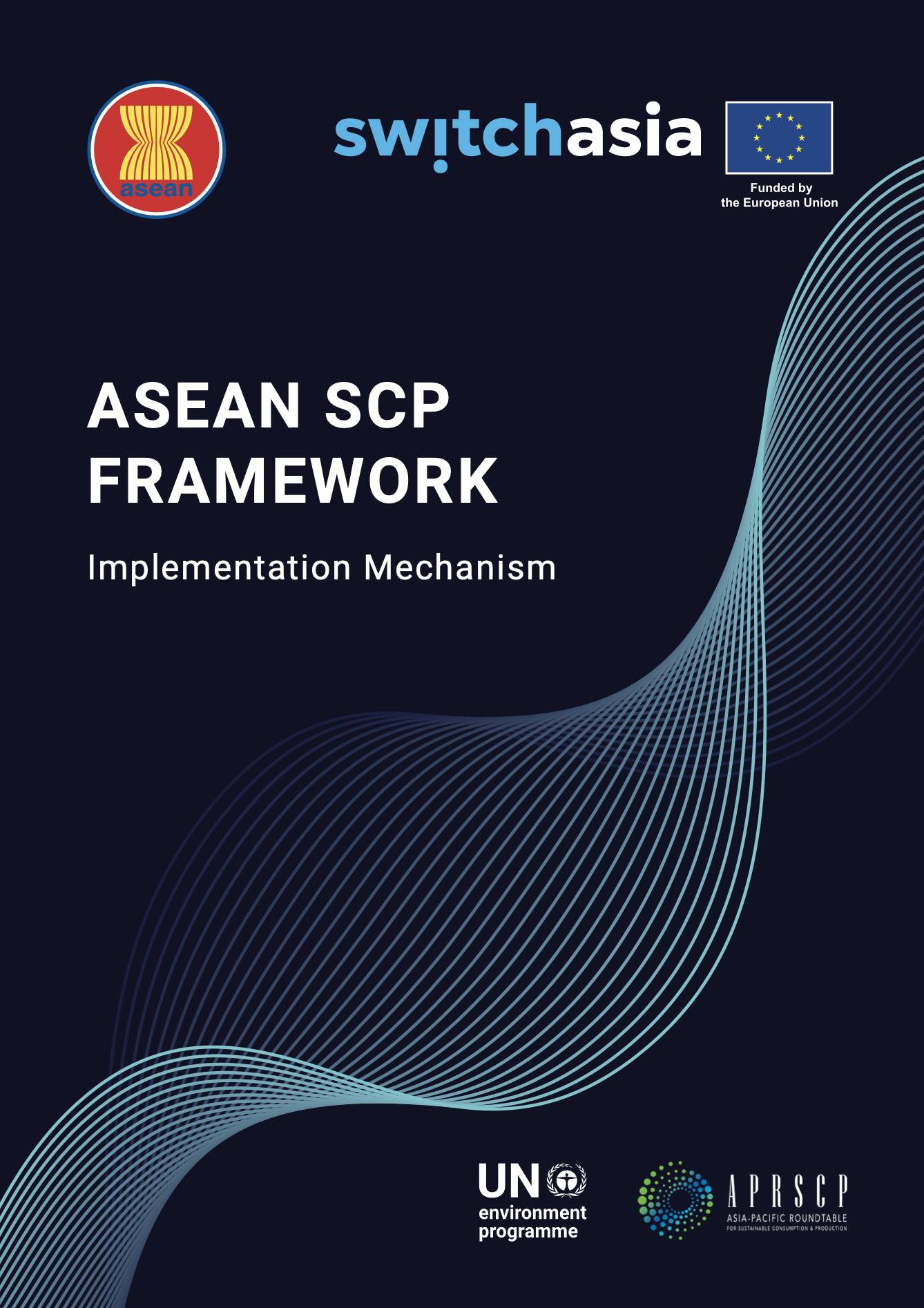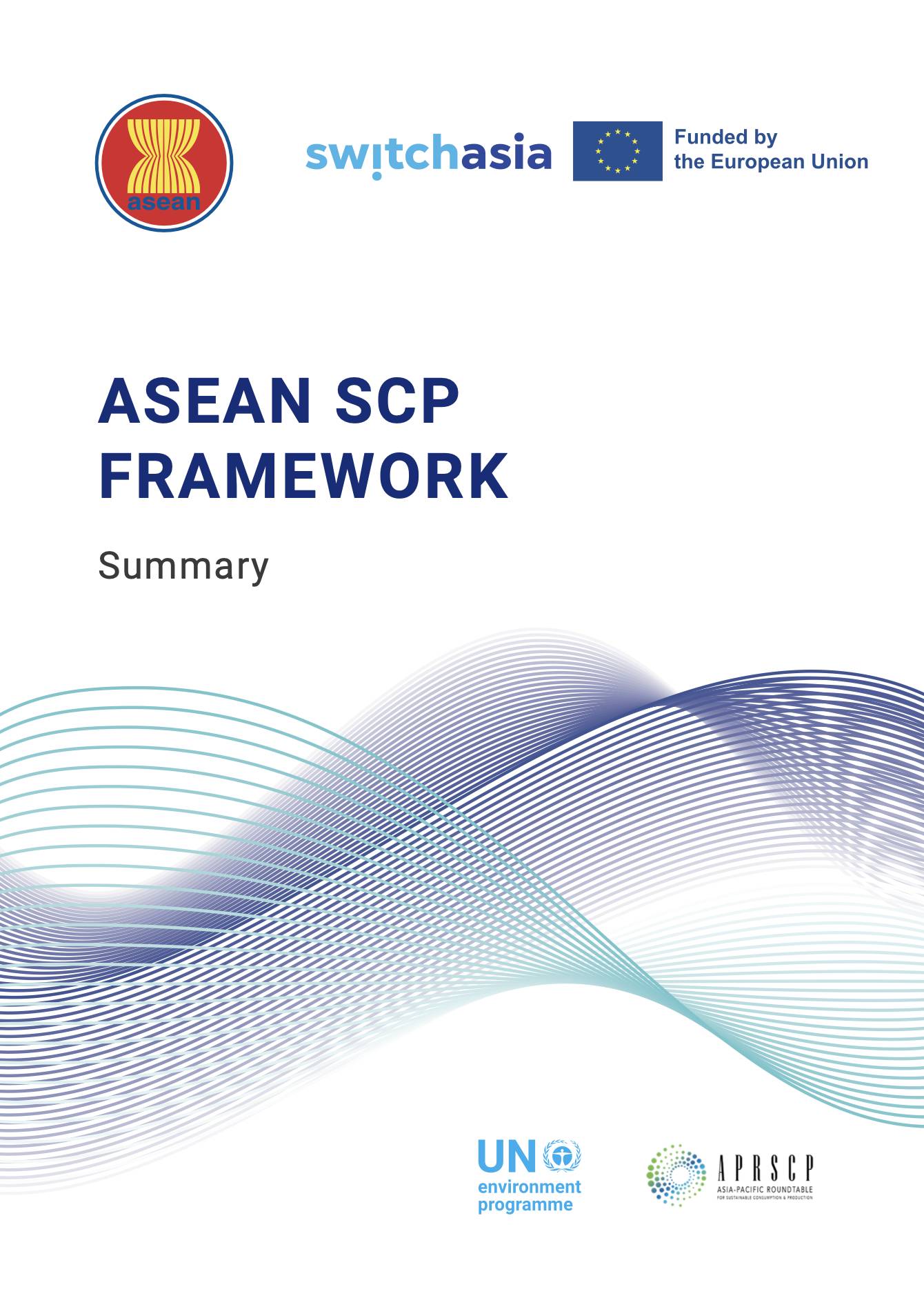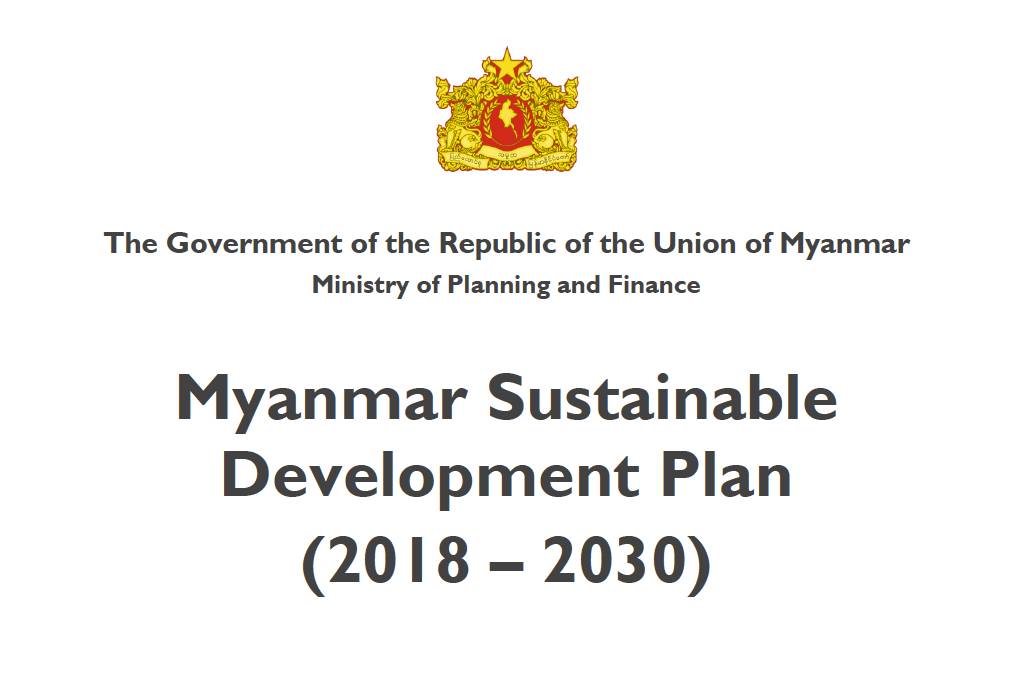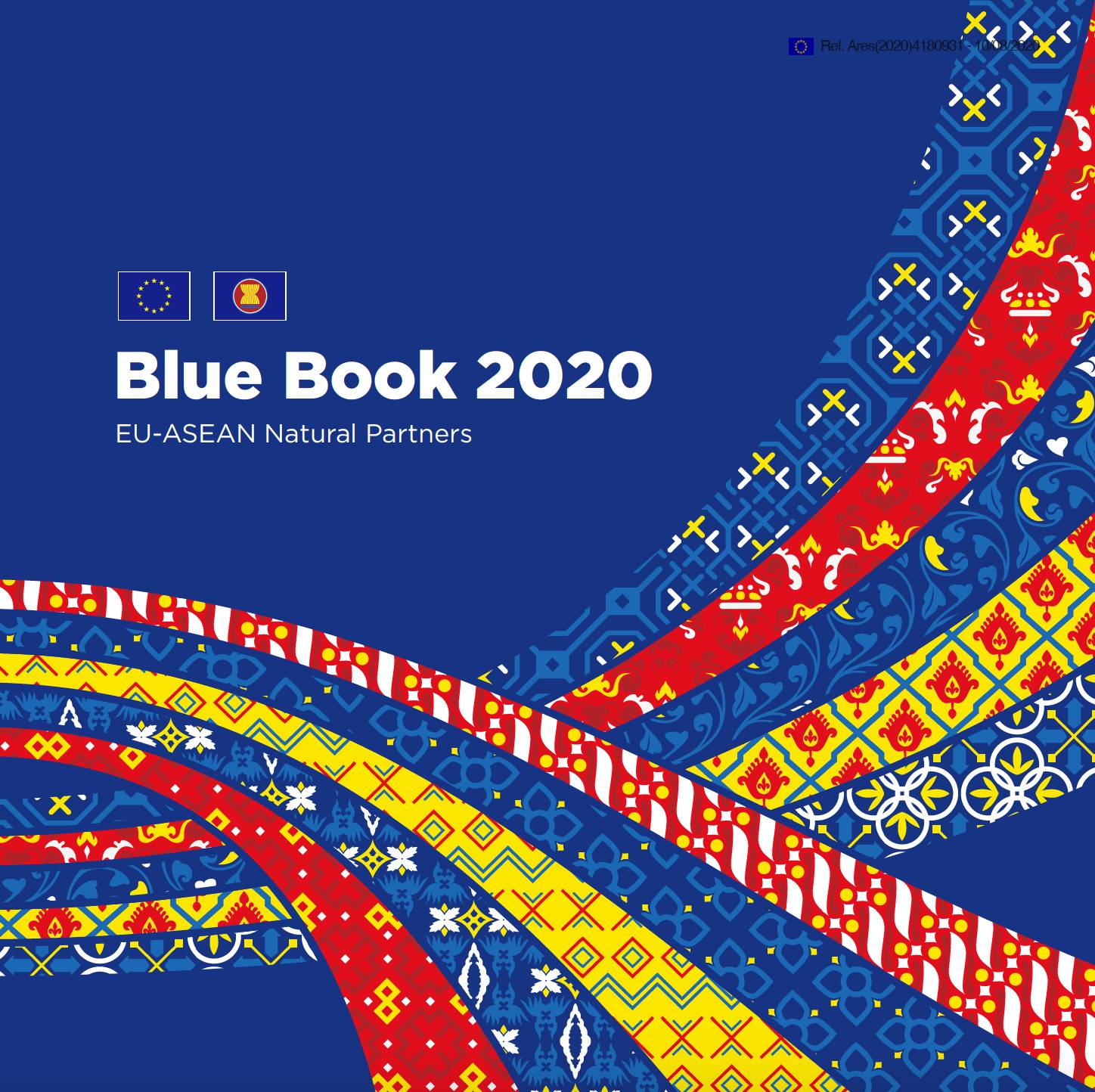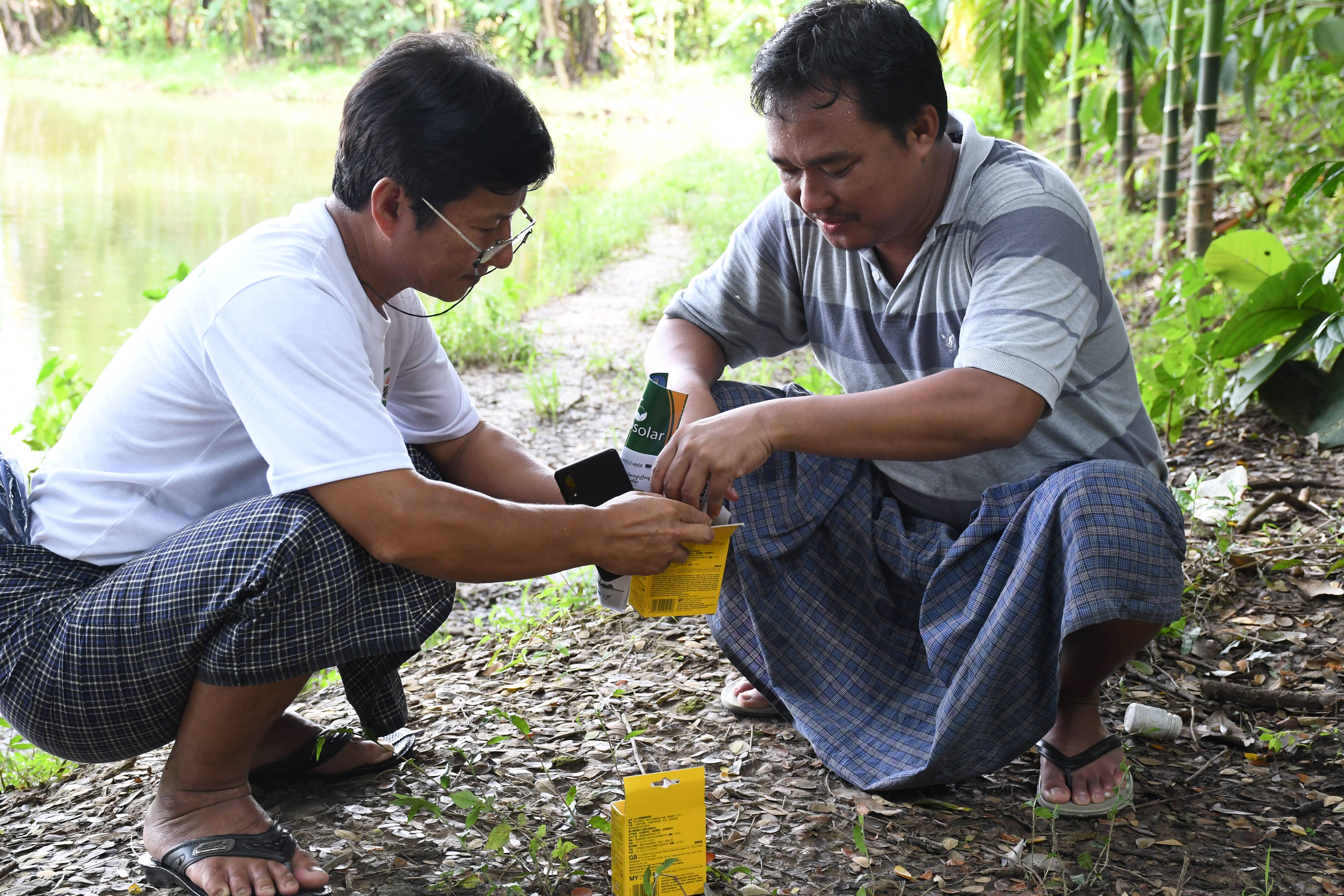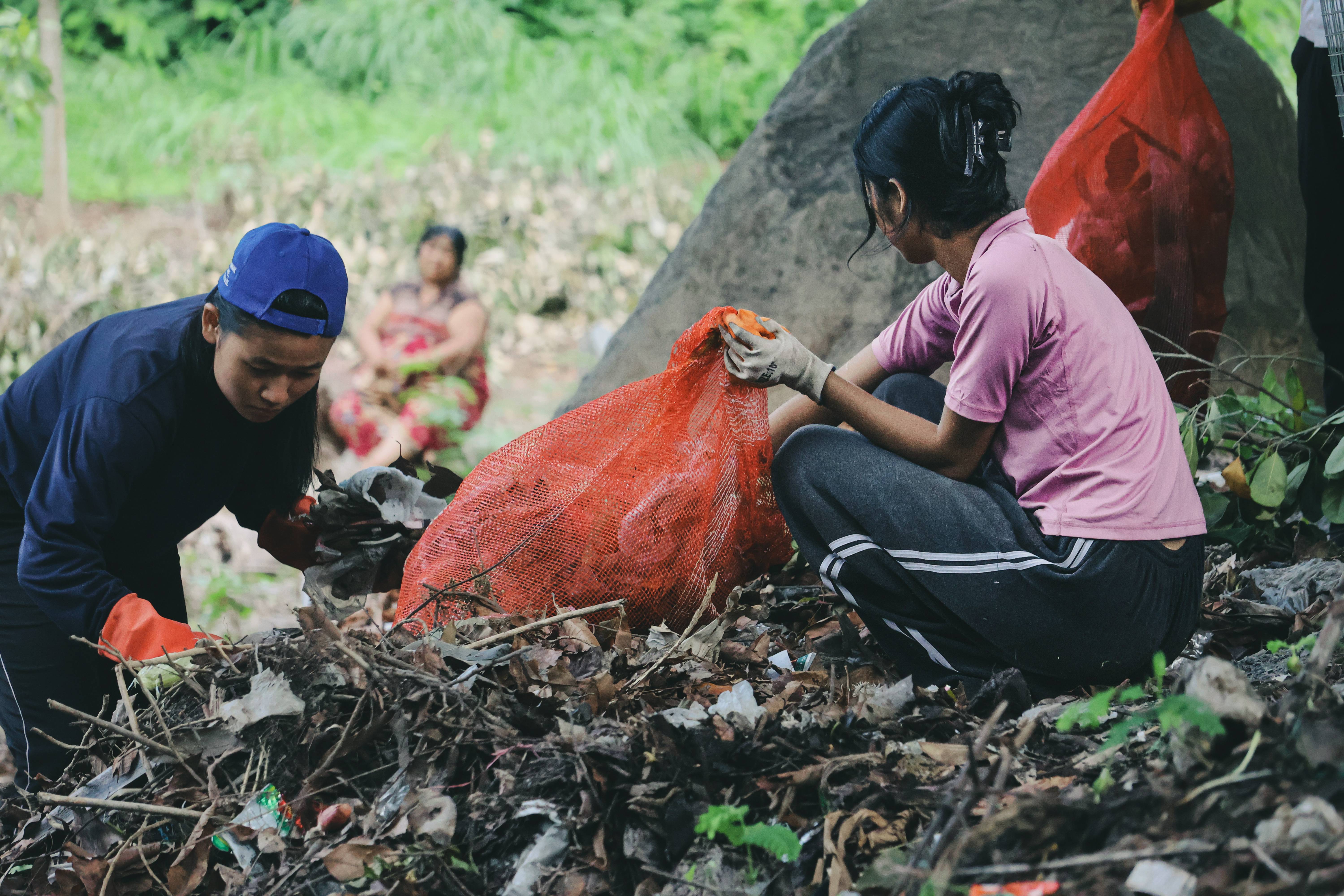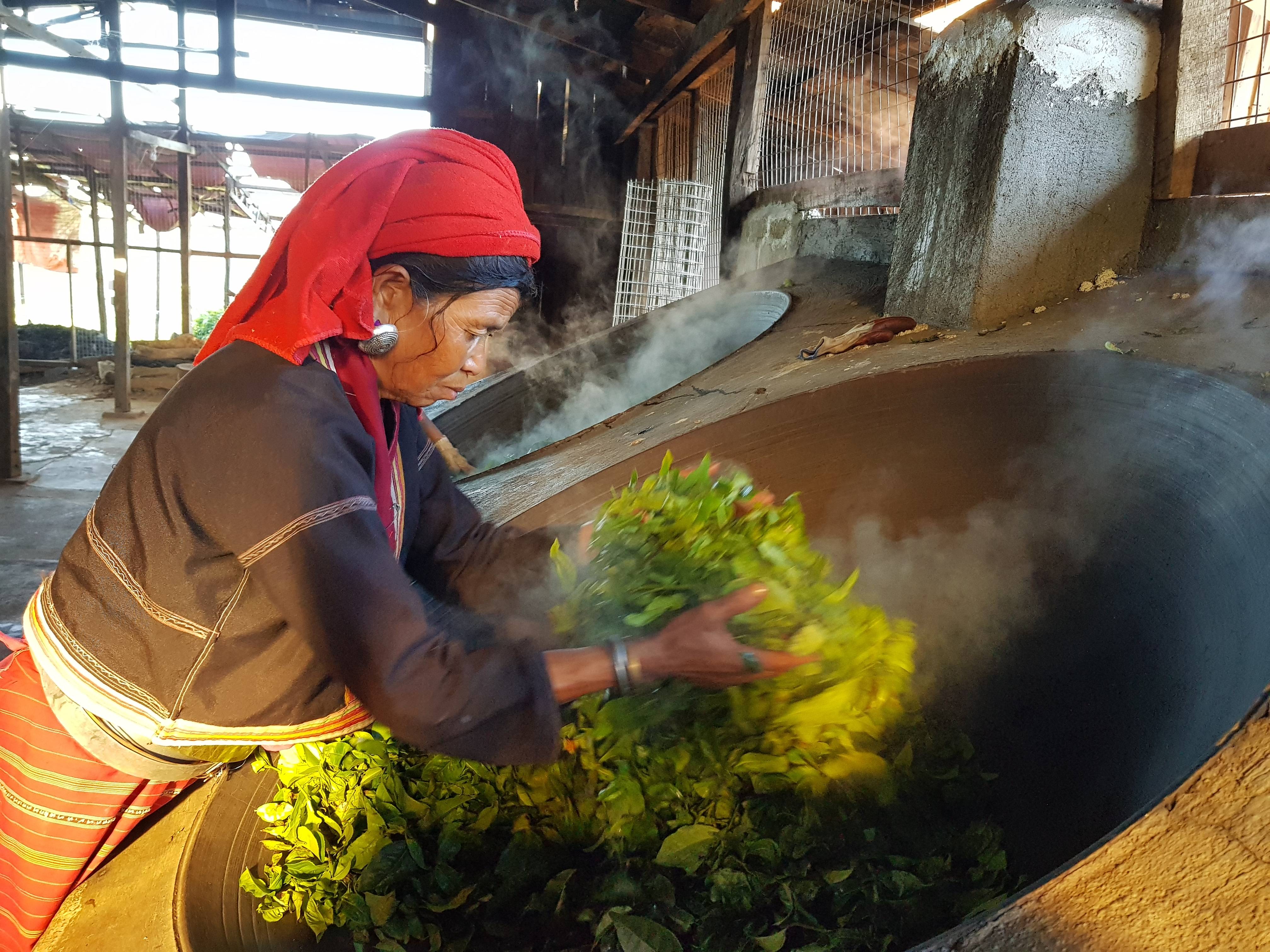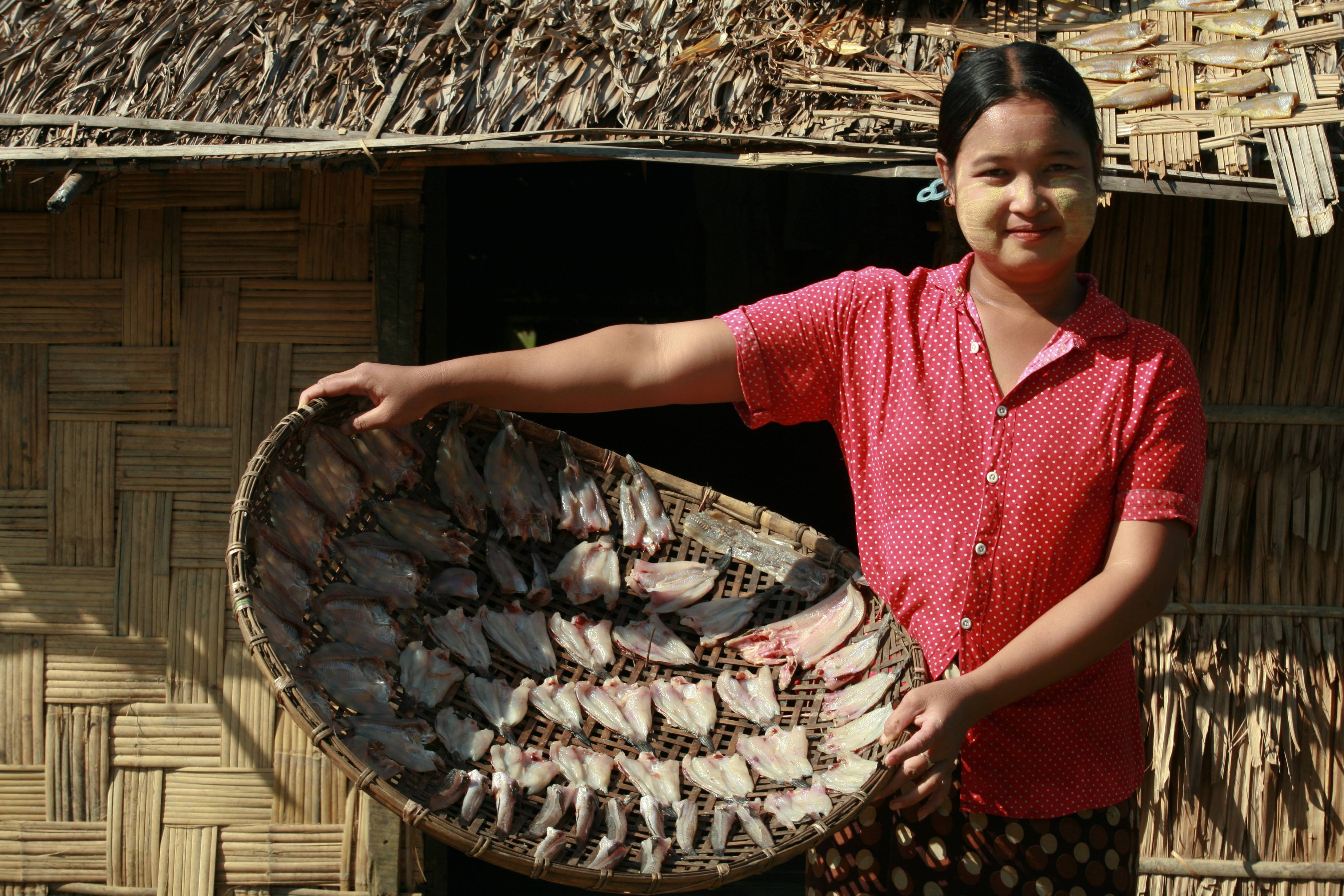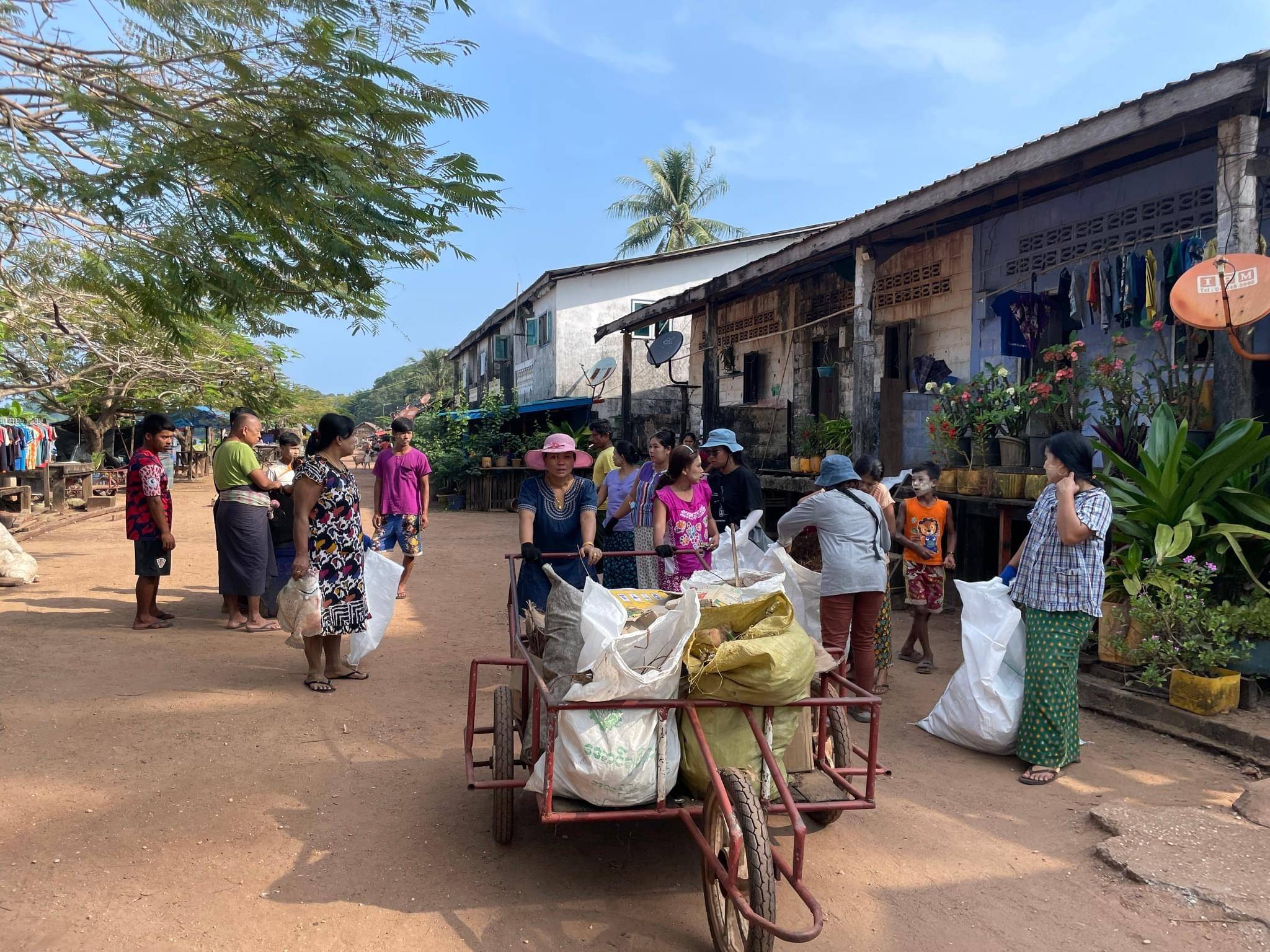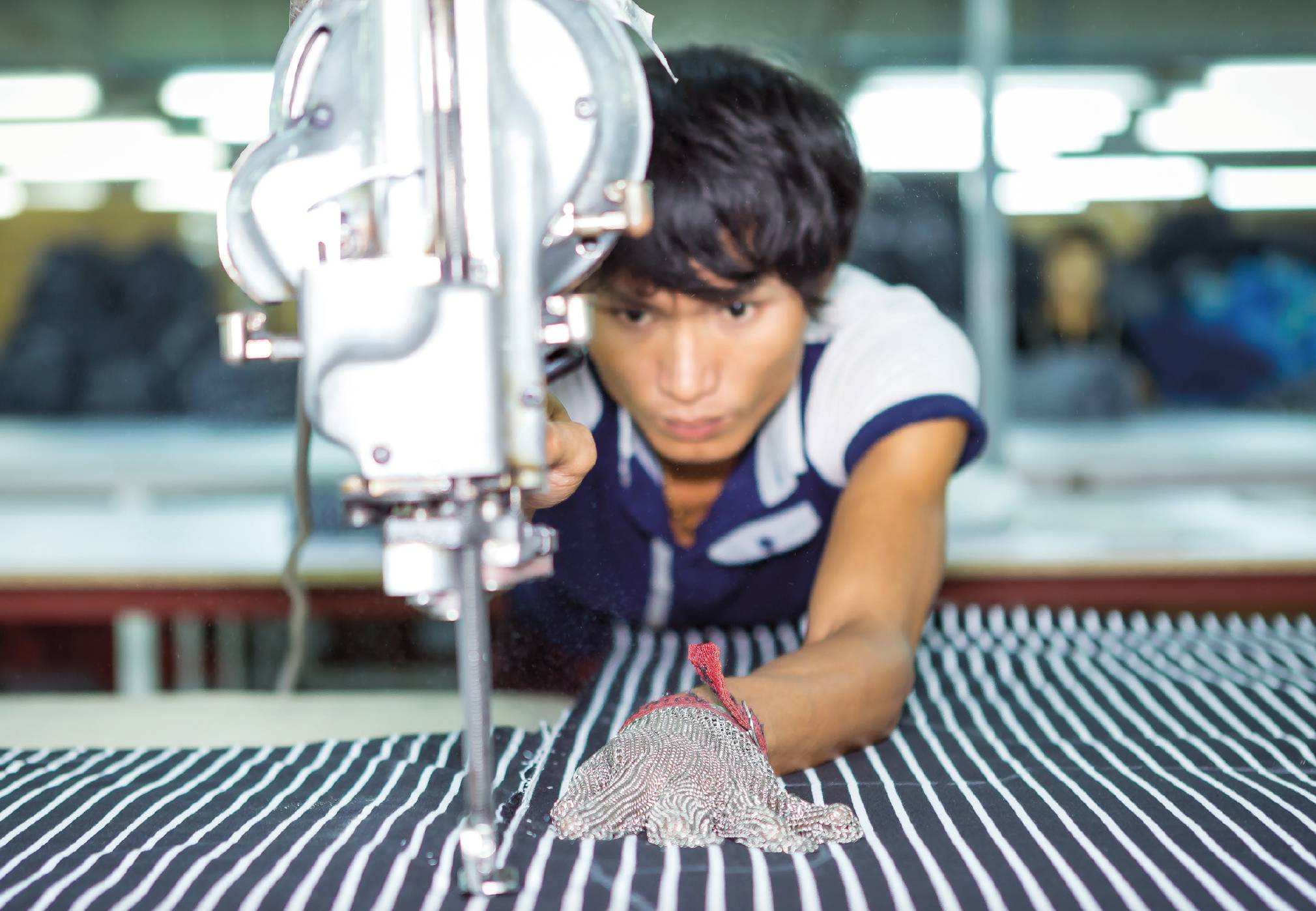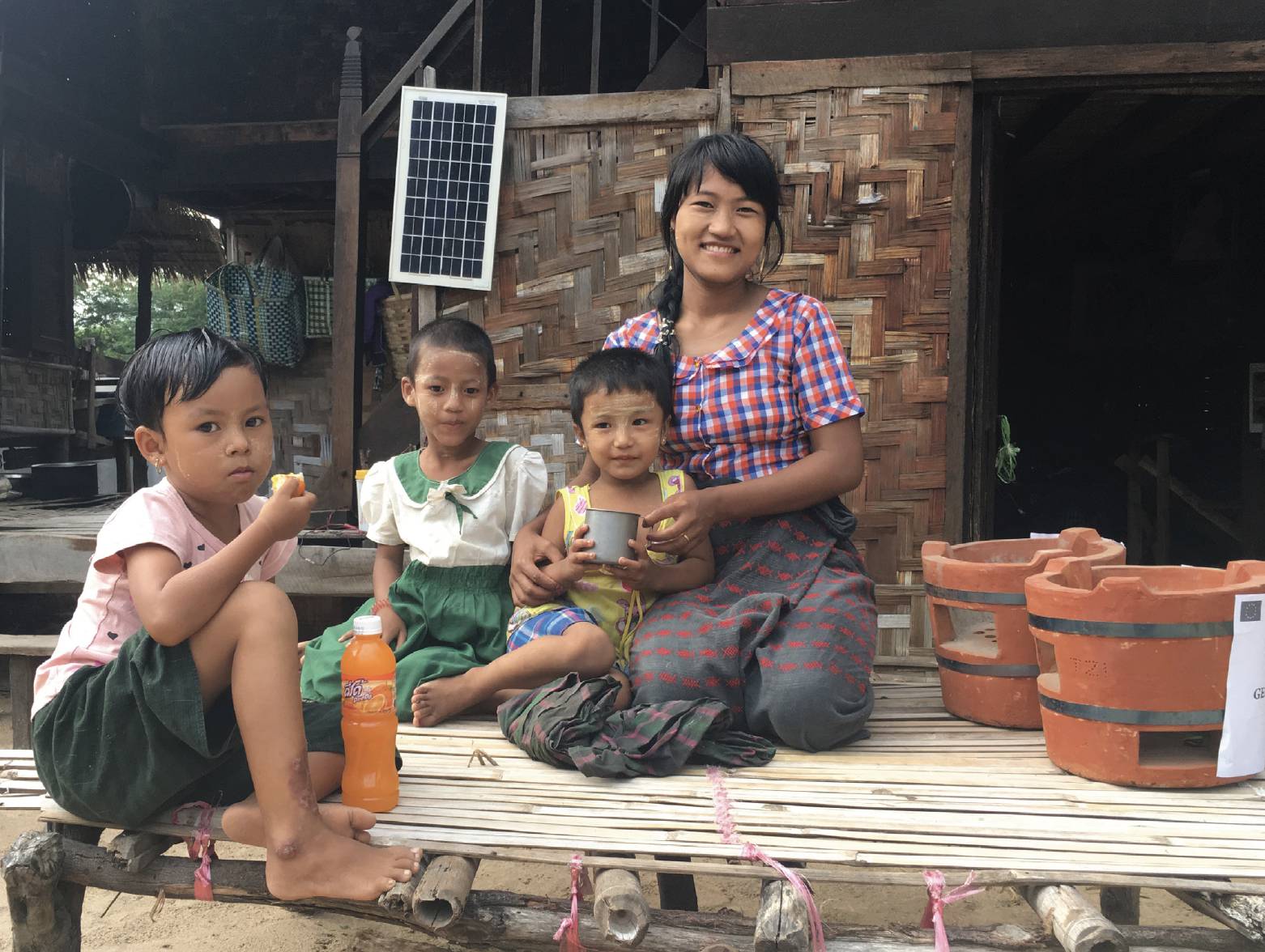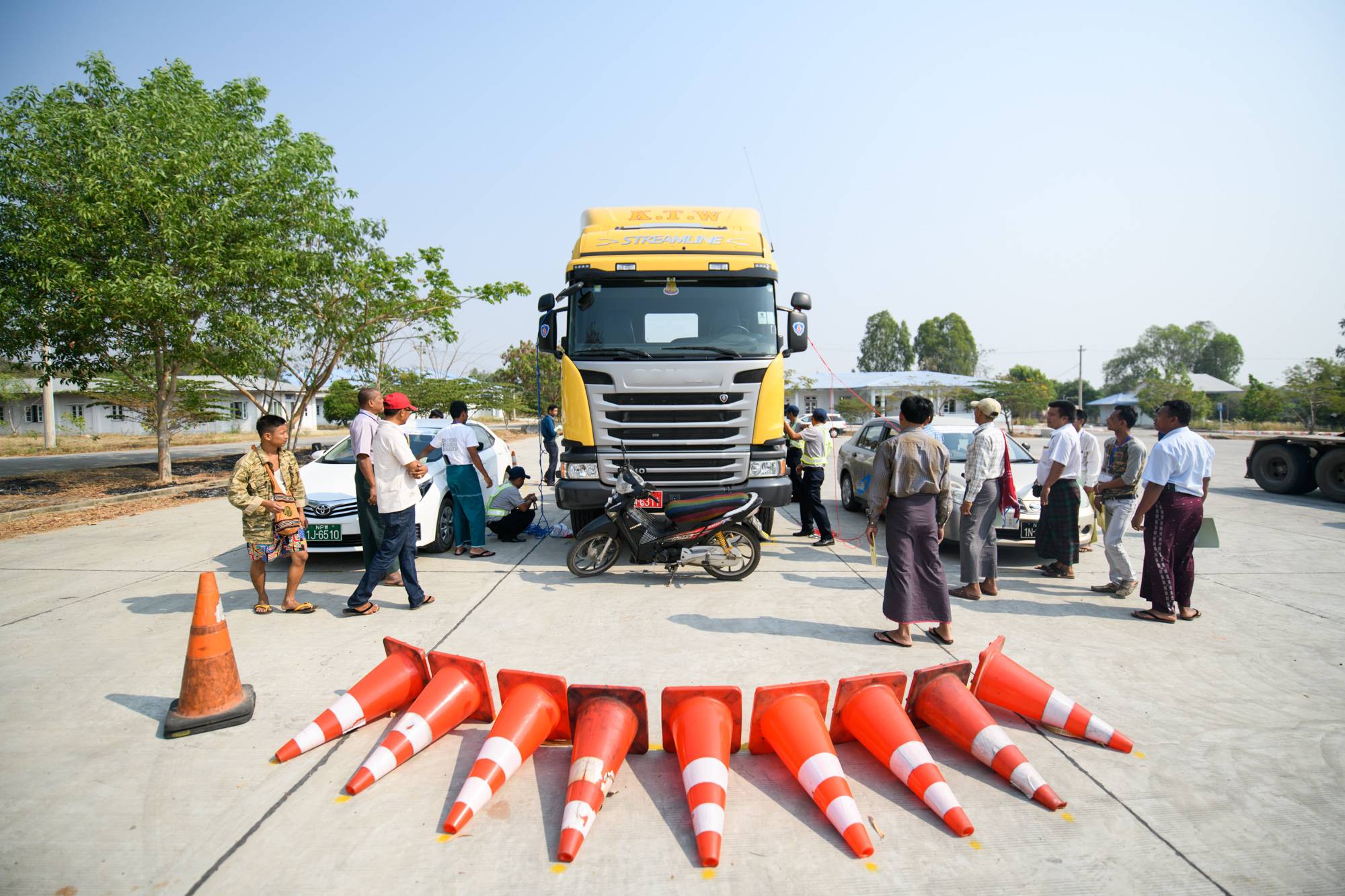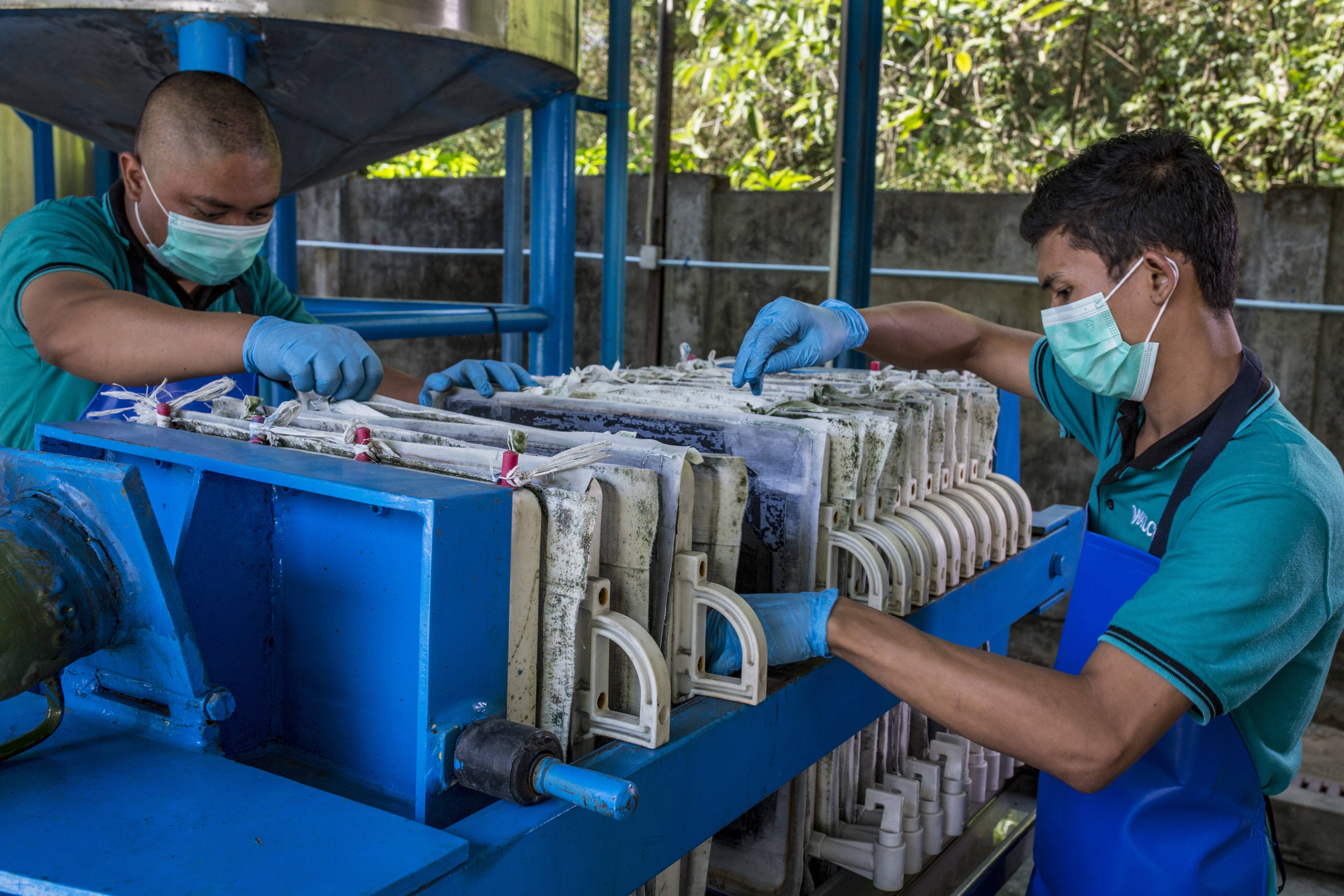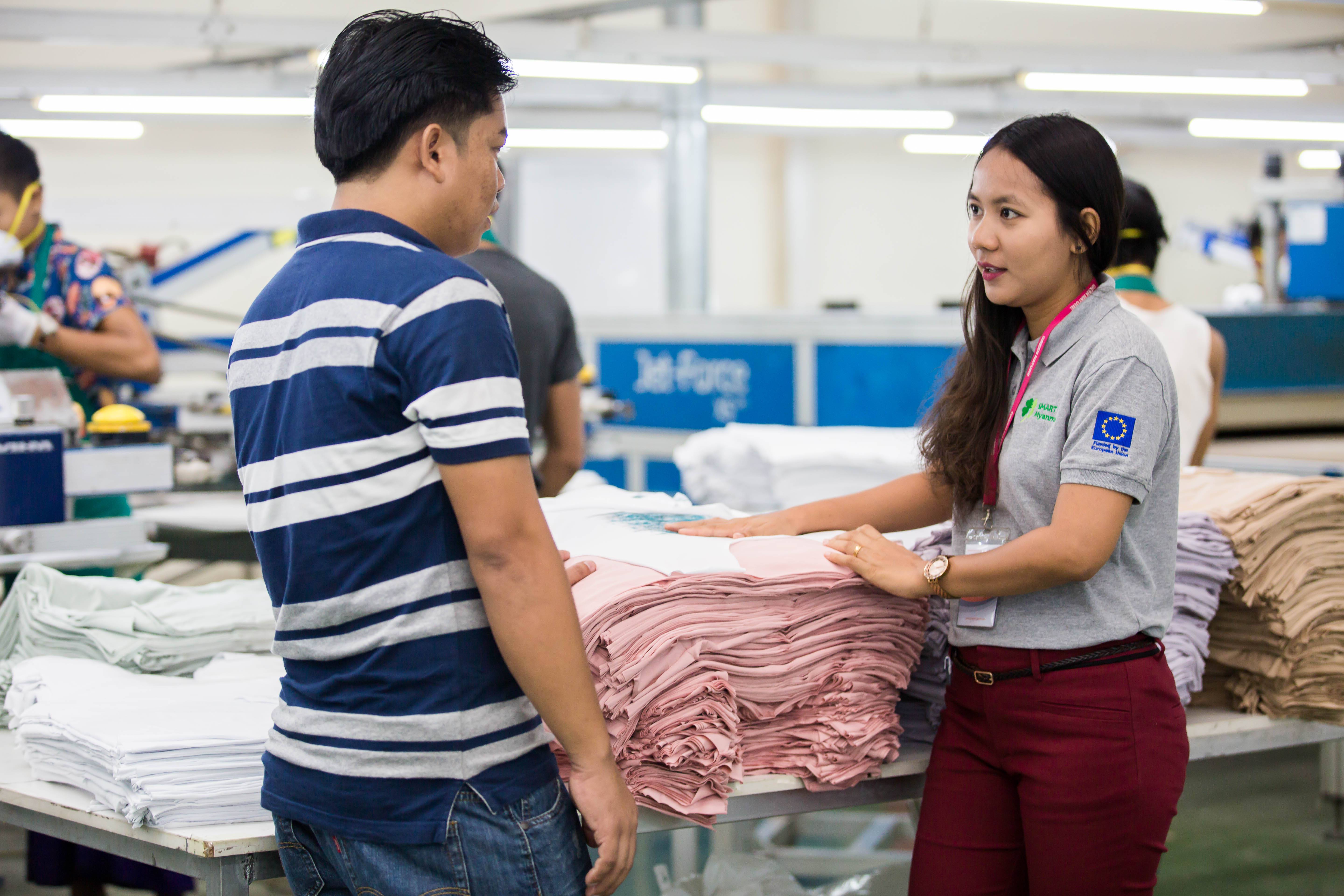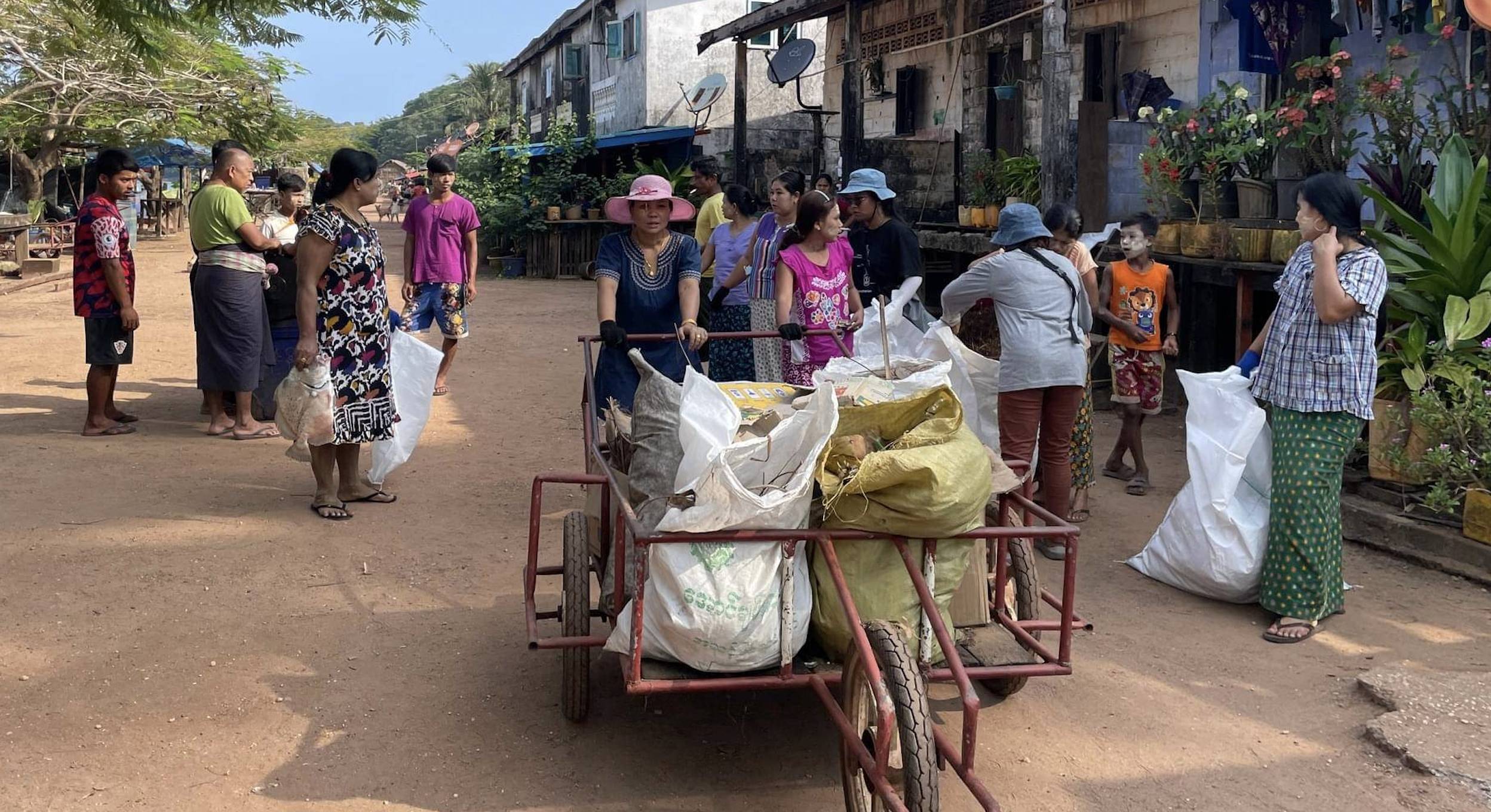
SCP Context
Myanmar National Context for SCP and Connection to the Global Agenda
Since its economic opening, Myanmar has committed to implementing the SDGs, including SDG 12, and has started to localize them for implementation. However, awareness of SDGs in Myanmar, from government officials, NGO staff and academics to the general public is relatively low, and baseline data is only partly available. Several initiatives in support to industrial energy efficiency have been supported by the Global Environment Fund. With the SME Development Law (2015) committees to promote SME development were created. Green financing for SMEs is made available through the Central Bank of Myanmar, the Small and Medium Industrial Development Bank, Myanmar Insurance, and international organizations. With support of the WWF, a Green Economy Strategic Framework was developed in 2016. In the context of Myanmar’s Intended Nationally Determined Contribution (INDC) which was submitted to UNFCCC in 2015, Myanmar has designed a Myanmar Climate Change Strategy & Action Plan (MCCSAP) 2017-2030, six sectoral action plans, as mandated by the National Climate Change Policy. Those provide a roadmap to guide Myanmar’s strategic responses to address climate related risks and opportunities over the next 15 years and beyond. Cooperation with the European Union has continued over more than a decade to promote the shift to sustainable consumption and production through SWITCH-Asia utilising the Grants Programme, which since 2010 has made possible five projects, aimed at energy efficiency, environmental management, resources efficiency in the textile industry and logistics sector.
Challenges
- While the industrial sectoris a key element of Myanmar’s economic development plans, the sector is not operating sustainably. Pollution, insufficient waste management and mass tourism contribute to advanced environmental degradation.
- Sustainable consumption and production practices can be improved in various sectors, such as agriculture, land use and forestry; energy; mining; industry, commerce and tourism; urban development and infrastructure, as well as cross-cutting sectors including public administration and education.
- Myanmar’s economic growth has resulted in high pollution levels (waste water, solid waste, GHG emissions, air pollution). The accelerated development of industries is considered crucial in Myanmar’s effort to become an industrialized modern nation. Economic development has resulted in the expansion of urban areas, agriculture and mining, leading to an increase in deforestation. Water quality has deteriorated due to contamination by unregulated and environmentally unsound mining operations along the river.
- Despite several relevant long-term strategies and action plans, translation into legislative frameworks and eenforcement of regulations are insufficientto safeguard the environment.
- Polluting industries like mining and garment are among the country’s main trading industries.
- Waste management in Myanmar poses a considerable challenge.
- Outdoor air pollution in Myanmar is among the highest in the world, due to inefficient modes of transport, inefficient combustion of household fuels for cooking, lighting and heating, coal-fired power plants, industrial agriculture and waste burning.
- Myanmar has the lowest electrification rate of the region (~34%) which means that more than 60% do not have access to a modern form of electricity. Further, due to low maintenance, electricity losses are high. Four cities - Yangon, Mandalay, Nay Pyi Taw and Sagaing – use more than 70% of Myanmar’s total electricity generation. Expansion of sustainable energy is key, though knowledge on maintenance and on ways to finance off-grid renewable energy solutions for low income customers is limited.
- Data availability and reliability is limited. Only 60% of baseline data exists across all SDG indicators.
- On the policy level, urban development in Myanmar suffers from conflicting and non-aligned planning activities and low capacity in implementing development plans.
Priorities
Beyond the response to above challenges, Myanmar seeks to diversify its growing economy. Priorities in the field of sustainable consumption and production include the following:
- Incorporate more sustainable practices in the agri-food processing industry.This ranges from farm to fork, from more sustainable land-use (crop diversification, sustainable/climate-smart agriculture practices) to responsible consumption concepts (cooling chain and preservation techniques, food loss prevention, marketing strategies).
- Increase sustainable practicesin the tourism sector, build knowledge around financial models for sustainable tourism and the construction of the required infrastructure, and to further develop ecotourism assets.
- Toimprove waste management, including industrial waste and post-consumer plastics.
- Delivering sustainable consumption and production practices in Myanmar requires capacity building as well as coordinationthroughout the government and wider community. Education and public administration are critical enablers.
- Improve transparency and accountability: improved governance, economic incentives and stringent enforcement can improve closing current gaps, e.g. the fight against illegal trade in timber and mining, for example through the development of technical capacities for tracing.
- Overall, develop an effective strategy and review of incentives/disincentives hampering conservationof natural assets.
Opportunities
- SWITCH-Asia can support the alignment efforts forurban development planningbetween both local and national levels and build respective capacities, especially at city level.
- Scale-up efforts to reach out to local communitiesto improve capacity around sustainable consumption and production, e.g., community foresting and prioritize biodiversity assets for guiding interventions to protect these assets.
- Train media to report on SCPand to create awareness among the public.
- Expand cooperation with international organizations and institutions especially on combatting pollution, capacity building, and impact measurement.
- Exploration of innovative finance or the enabling of public private alliances on blended finance(e.g., government guarantees, private investment, suitable feed in tariffs), will help to create an enabling environment for green investment also in rural areas, and create new green jobs. Examples range from assistance with local solutions, e.g. options to finance off-grid renewable energy solutions for low-income customers, to advice on macro-level policies, e.g. fiscal policies for eco-tourism that link recreational use to conservation funding in protected areas.
- Assist with demonstration and testing of viable approaches, e.g., piloting an urban “green zone district” which demonstrates sustainable infrastructure and planning concepts as well as energy efficiency measures, and advocate for wider adoption of successful practices.
- Provide suitable international examples on energy efficiency standards and technologies, including lessons learned in other countries that are relevant to Myanmar’s development context.
SWITCH-Asia Activities
A look back at milestones that shaped our work
2018
SCP Facility
- Preliminary assessment of SCP related policies, activities, needs/gaps, and opportunities.
Regional Policy Advocacy Component (RPAC)
Facilitated the participation of Burmese key-stakeholders in the following regional/ sub-regional activities:
- Asia Pacific Low Carbon Lifestyles Challenge (19-22 Mar 2018), hosted by Thailand, regional level
- Transforming Asia Pacific: Innovative Solutions, Circular Economy and Low Carbon Lifestyles (17-19 Sep 2018), hosted by Thailand, regional level
- Asian Circular Economy Leadership Academy (3-8 Dec 2018), hosted by Thailand, regional le
2019
SCP Facility
- A demand was received to support activities on environmental management programmes and mainstreaming SCP.
- A technical workshop on Environment Management Programs (EMPs) was organised on 4-5 April 2019 in coordination with the two ongoing SWITCH-Asia projects grants and the EU Delegation to Myanmar with regards to a SCP Action Plan with RPAC and Green Finance with UNEP.
- A concept note with specific actions and timeline is currently being developed by the SCP Facility (and in synergies will the other components of the programme) on the best support to be provided to the country.
Regional Policy Advocacy Component (RPAC)
Facilitated the participation of Burmese key-stakeholders in the following regional/ sub-regional activities:
- “Sustainability Reporting – Thinking Circular Economy by Businesses” - This event was organised back-to-back with 2019 Asia Pacific Forum on Sustainable Development (27 Mar 2019), hosted by Thailand, regional level
- Businesses Accelerating Inclusive Green Economies – "Leaving No One Behind” - Side event on the Responsible Business and Human Rights Forum co-organised by the Royal Thai Government, OECD, United Nations Development Programme (UNDP), ESCAP, International Labour Organization (ILO) and with the participation of the UN Working Group on Business and Human Rights (11 Jun 2019), hosted by Thailand, regional level
- 2019 Southeast and Northeast Asia Policy Dialogue and Training on “Harmonizing SPP practices and Measuring SPP benefits” - The activity took place in parallel with a series of events related to green procurement organized by the China Environmental United Certification Center (CEC) (23 - 25 Oct 2019), hosted by China, regional level
- WEBINAR: SDG 12.1 Reporting for SWITCH-Asia Countries – Connecting the dots between actions and reporting (5 Nov 2019), regional level
- Policy Dialogue on SDG12 Reporting (21 Nov 2019), hosted by Vietnam, regional level
- 2019 SWITCH-Asia Leadership Academy on Circular Economy (2-6 Dec 2019), hosted by China, regional level
- "Supporting decision making on SCP through training on Sustainable Procurement” - This event was organised back-to-back with International Conference on Sustainable Energy and Green Technology 2019 (11 Dec 2019), hosted by Thailand, regional level
2020
Regional Policy Advocacy Component (RPAC)
Facilitated the participation of Burmese key-stakeholders in the following regional/sub-regional activities:
- SWITCH2Green Meeting - RPAC initiated the discussion and shared the first report in 2020. (April 2020)
- MOVING THE NEEDLE ON CLIMATE CHANGE – The event was co-organised by the UNESCAP as a part of the 2020 Virtual United Nations Responsible Business and Human Right Forum (RBHRF) (10 Jun 2020), regional level
- WORLD ENVIRONMENT DAY 2020 – A media kit was provided to call for action to promote SCP as a part of the 2020 World Environment Day (WED) celebration (5-7 Jun 2020), regional level
- Intervention in regional forum: Webinar on Sustainable Lifestyles for Plastics & Packaging Waste Management During a Pandemic COVID-19 (6 Aug 2020), regional level
- SCP in Tourism: Opportunities and Challenges with COVID-19 (8 Oct 2020), regional level
- Innovation and Connectivity through Farm to Fork (13 Nov 2020), regional level
- Sustainable Lifestyles for SCP (19 Nov 2020), regional level
- Support to Steering Committee of SWITCH-Asia – Provide support for the annual Steering Committee Meeting to review each country proposed 2021 workplan (3 Dec 2020), regional level
- Regional Policy Dialogue on Circular Cities (4 Dec 2020), regional level
- Regional Dialogue Driving Mechanisms for Eco-Design in Asia (9 Dec 2020), regional level
- Leadership Academy on Circular Economy 2020 (14-18 Dec 2020), regional level
- Webinar: Innovations & Startups (16 Dec 2020), regional level
2021
Facilitated the participation of Burmese key-stakeholders in the following regional/sub-regional activities:
- Contextualising the Circular Economy for Action (4 Feb 2021), regional level
- Virtual Consultation: Mapping SCP in ASEAN Countries (17 March 2021), sub-regional level
- Technology for Circular Economy: A Prologue to the 2021 SWITCH-Asia Leadership Academy (25 March 2021), regional level
- Circular Economy and Sustainable Lifestyles Course (18 May 2021), regional level


